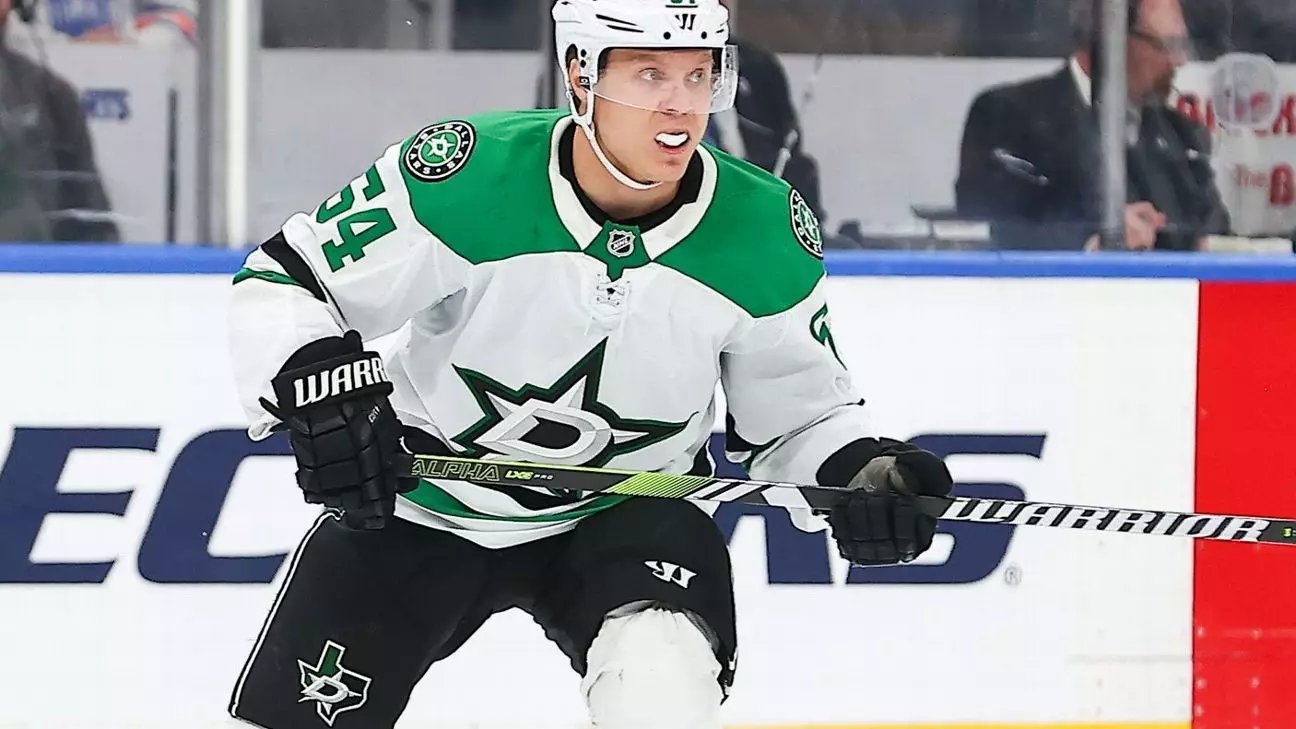The recent signing of Mikael Granlund by the Anaheim Ducks signals more than just a financial move; it’s a statement of intent from a franchise eager to leverage the evolving landscape of NHL competitiveness. For the first time in many seasons, a team with a clear rebuild philosophy is aggressively pursuing proven talent to accelerate their trajectory toward the playoffs. Granlund’s signing for $7 million annually underscores the Ducks’ willingness to invest heavily in experienced players, acknowledging that skill and leadership are vital ingredients in transforming a young roster into a credible postseason contender. It also highlights a nuanced understanding that acquiring a versatile, two-way center can be a game-changer, especially when contending teams in the West are adjusting their rosters to maximize talent and flexibility.
Contrasts in Free Agency: Opportunity and Reality
While the NHL’s free agency window appeared ripe with opportunity, the reality was far more complicated. Superstar centers like Sam Bennett, Matt Duchene, Brock Nelson, and John Tavares chose to stay put, either due to loyalty or franchise stability, curbing the expected upheaval. This led to a more selective market, where teams desperate for top-tier talent had to pay premium prices. Granlund, who can shift seamlessly between center and wing and possesses a well-rounded offensive skill set, emerged as a prime target. His ability to contribute both offensively and defensively makes him a value pick in a market that largely favored existing team cohesion over risky, expensive acquisitions. The Ducks’ decision to sign him reflects a nuanced understanding that sometimes, the most strategic move isn’t to chase the biggest name but to secure a reliable piece that aligns with team-building philosophy.
The Strategic Mind of Pat Verbeek
General Manager Pat Verbeek’s approach demonstrates a broader, more calculated vision that combines aggressive signings with cap management. The Ducks’ recent roster maneuvers — trading for veteran Chris Kreider, shipping out long-time stalwarts like Trevor Zegras and John Gibson, and hiring Joel Quenneville — illustrate an organization willing to embrace risk for long-term gains. The key lies in creating a balanced environment: acquiring proven talent like Granlund adds experience and versatility, while maintaining financial flexibility for emerging prospects and pending RFAs such as Dostal, McTavish, and Helleson. This strategic calculus positions the Ducks not merely as a team rebuilding through youth but as a contender poised to disrupt established playoff narratives.
Beyond the Surface: What Granlund Signifies
On a deeper level, Granlund’s signing symbolizes a shift in the NHL’s talent acquisition paradigm. In years past, chasing big-name free agents was often about market size and immediate impact; today, it’s about strategic fit. Granlund’s role in Dallas, along with his Finnish Mafia teammates, exemplifies how a cohesive, well-balanced core can elevate a team’s playoff odds. For the Ducks, bringing him in isn’t just about adding points or goals, but about embedding a culture of professionalism, versatility, and leadership that will resonate with emerging stars like Leo Carlsson and Mason McTavish. It’s a calculated gamble that, if successful, could see the Ducks rise from perennial underdogs to serious playoff contenders.
Challenging the Status Quo
The decision to prioritize a seasoned player like Granlund also indicates a broader shift: teams are increasingly valuing experience as a catalyst, not just youth. The NHL’s landscape is becoming more competitive, with franchises recognizing that a mix of seasoned veterans and prospects leads to sustained success. Anaheim’s move demonstrates a confidence that they can punch above their weight, leveraging Granlund’s temperament and skill to carve out a meaningful playoff run. It’s a declaration that the Ducks are willing to challenge the traditional power dynamics, betting on the idea that a cohesive, well-constructed roster can overcome the advantage of market size and resources held by historically dominant clubs.
This signing isn’t just a transaction; it’s a bold statement of intent, a calculated risk that could redefine the Ducks’ competitive future. It embodies a strategic shift where experience and versatility become the currency in a league obsessed with star power, signaling a potential reconfiguration of Western Conference dynamics in upcoming seasons.

